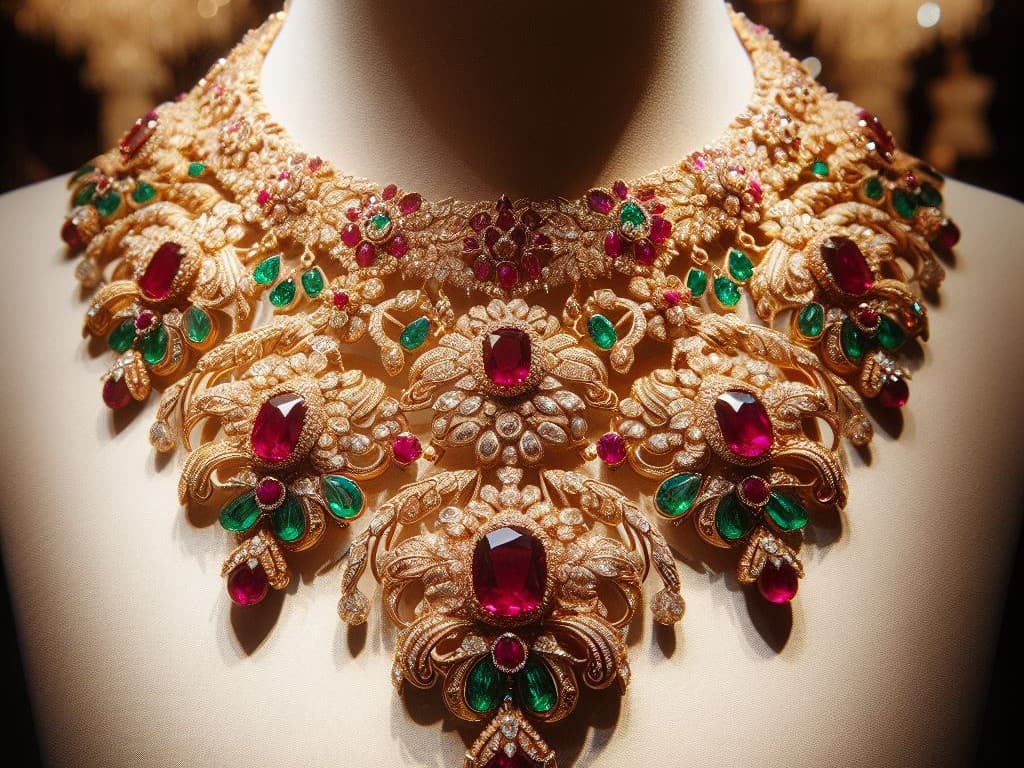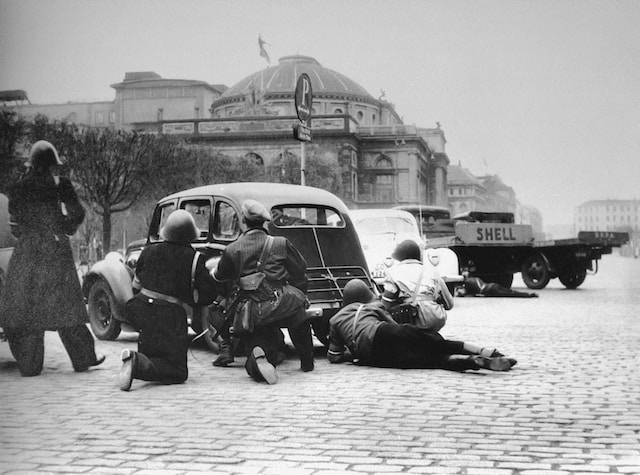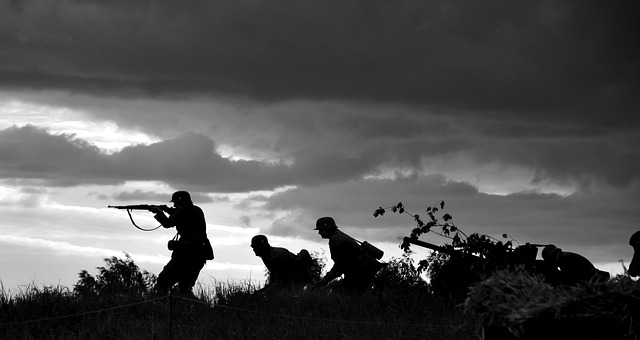War has always been about chaos. And while some try to kill or take over for one reason or another, some others find an opportunity to pillage. That’s why war also means many artifacts or treasures go missing.
Think about the train with Nazi gold that everyone’s trying to find. That’s just one of the most famous missing treasures, but the list is longer than that, and believe it or not, there are treasure hunters all over the world trying to find them.
5 Lost Mythological Jewelry Treasures of World War II
Yamashita’s Gold
As a general in the army of the Japanese Empire, Tamashita Tomoyuki was responsible for making sure the occupation of the Philippines was safe. He was in direct connection with Emperor Hirohito, who often gave him direct orders in 1944 and 1945.
One of his roles was to hide plenty of gold in tunnels around the Philippines and make sure everything’s protected by mines. The idea was to secure gold in order to rebuild Japan after World War II. No one knows where that gold is, despite local farmers making claims every now and then.
Rommel’s Gold
Talking about Nazi gold, it all started in 1943, when the Nazis stole plenty of gold from the Jews inhabiting Tunisia. The gold was shipped to Corsica, but there are a few legends claiming that the ship sank later on, somewhere between Corsica to Germany.
The treasure is named after Erwin Rommel, mainly because the general had numerous harsh campaigns of horror in the northern part of Africa, yet he’s probably not involved with the theft. Anyhow, the legend is out there, and people are still struggling to find the Nazi gold.
Raphael’s Portrait of a Young Man
The Nazis stole lots of art throughout World War II, and some of it has never been recovered. Painted by Raphael, the Portrait of a Young Man was initially held in a museum in Poland. The Nazis stole it in 1939 and took it to Hans Frank, who was responsible for running a Nazi leadership in Poland.
The painting went from one place to another during the war. Eventually, it got back to Krakow, but in the Wawel Castle, rather than a museum. When American troops came over and arrested Hans Frank, the painting was missing, along with hundreds of other artefacts.
No one knows where it might be today, in case it’s still out there and not destroyed.
The Amber Room
The Amber Room was made in the 1700s and designed as a set of wall panels covered in amber, stones and gold. The panels covered about 180 square feet. It was given by Prussian King Frederick William I to Russians, but particularly to Peter the Great.
It was given as a gift after Prussia and Russia went into an alliance against Sweden.
The Nazis found this place when they invaded the Soviet Union. During Operation Barbarossa, which took place in 1941, they found the masterpiece and thought it was stolen Nazi gold. They disassembled the whole place and sent it to Konigsberg.
The city was entirely destroyed in 1944, when allied forces bombed it. The castle museum had the same fate. Chances are the Amber Room was also destroyed, but treasure hunters are still trying to find pieces of it.
No one knows if there are still any panels around. Chances are you won’t find them at jewelers.reviews though.

Peking Man Fossils
China had a series of early human fossils before World War II started. In the fall of 1941, China sent over 200 of them to the USA in an attempt to keep them safe against a Japanese invasion. They were known as the Peking Man fossils. However, they never made it to the destination.
Some researchers believe they’ve been destroyed. Others think they might have been buried by the military somewhere in China and covered by buildings or roads. Since scientists have made casts of them before shipping, no one’s really bothered to look for this long lost treasure anymore.
While the list can definitely continue, these are some of the most prolific treasures lost during World War II. Some of them may still be around, but since there are no clear explanations regarding what happened, myths and legends can only fuel treasure hunters’ adventures.


